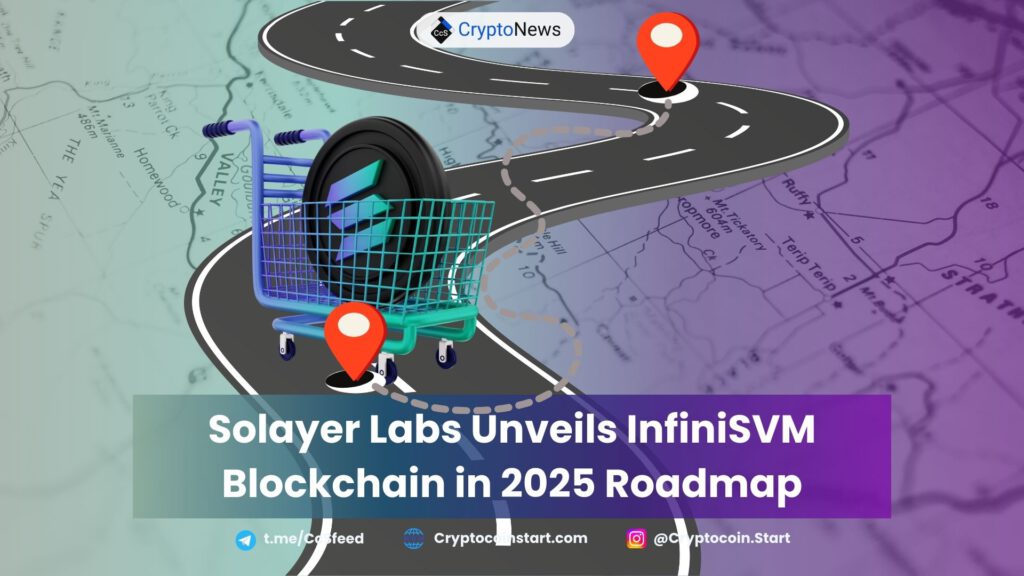
Introducing the InfiniSVM Blockchain
On January 7, Solayer Labs, known for its restaking protocol on Solana, detailed the architecture of the InfiniSVM blockchain. The core innovation behind InfiniSVM lies in its use of Shared Virtual Memory (SVM), a system designed to create a globally distributed state machine that offers high throughput and low latency. This breakthrough is geared toward making the blockchain capable of handling complex decentralized applications with greater efficiency.
How the InfiniSVM Blockchain Works
The InfiniSVM blockchain distributes workloads across specialized hardware accelerators, each optimized for specific tasks, including:
- Signature checks
- Transaction filtration
- Pre-execution simulation
- Data storage
This design contrasts with traditional vertical scaling and sharded rollup models, setting it apart in terms of efficiency and scalability. The architecture operates using a hybrid Proof-of-Authority and Stake consensus mechanism, along with Remote Direct Memory Access (RDMA) communication for speed enhancements. These innovations aim to significantly boost the blockchain’s ability to handle high transaction volumes.
Addressing Network Congestion and Improving Developer Experience
Solana has faced network congestion in the past, particularly with its validator client implementation. To address this issue, Solayer Labs’ roadmap focuses on optimizing post-transaction logic to improve developer and user experience. Key updates include:
- Facilitating accounting, arbitrage, and liquidation activities directly within the blockchain
- Enabling cross-chain communications
- Integrating OAuth for smoother development without compromising security
These enhancements aim to eliminate the need for separate systems or additional coding, which can often increase developer workload and time requirements. By incorporating these features directly into the blockchain, Solayer Labs enables developers to save time and streamline their processes, leading to more efficient dApps.
Enhanced User Experience: Faster, Smoother Transactions
For end-users, the improvements promised by the InfiniSVM blockchain will result in a faster and smoother experience. For example, users trading or managing assets will benefit from backend functions being handled automatically, such as:
- Real-time tracking of balances
- Executing orders at the best prices without waiting for third-party systems
This will enhance overall application efficiency, ensuring that users can access faster transaction processing and seamless asset management without delays.
Scalability and Avoiding Bottlenecks
The roadmap also highlights the importance of using shared-nothing architectures and optimized hashing functions to prevent bottlenecks. A shared-nothing architecture ensures that each system component operates independently, so no single part can slow down or crash the rest of the system. This architecture is critical to achieving optimal scalability and maintaining high performance under heavy workloads.
The Future of Hardware-Accelerated Blockchain Design
Solayer Labs’ roadmap underlines the growing significance of hardware-accelerated design in blockchain research. The incorporation of hardware-accelerated components plays a crucial role in improving blockchain performance, scalability, and reliability. As blockchain technology continues to evolve, hardware-accelerated designs like InfiniSVM will become increasingly important for driving the future of decentralized systems.
In conclusion, Solayer Labs’ InfiniSVM blockchain promises to revolutionize the blockchain space by addressing scalability, performance, and developer efficiency. The 2025 roadmap sets the stage for a new era of high-throughput, low-latency blockchain systems, positioning InfiniSVM as a key player in the blockchain ecosystem.

